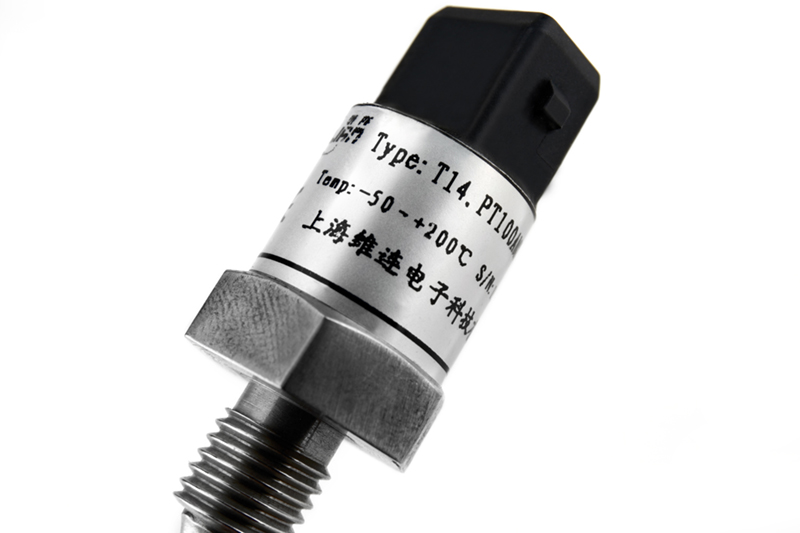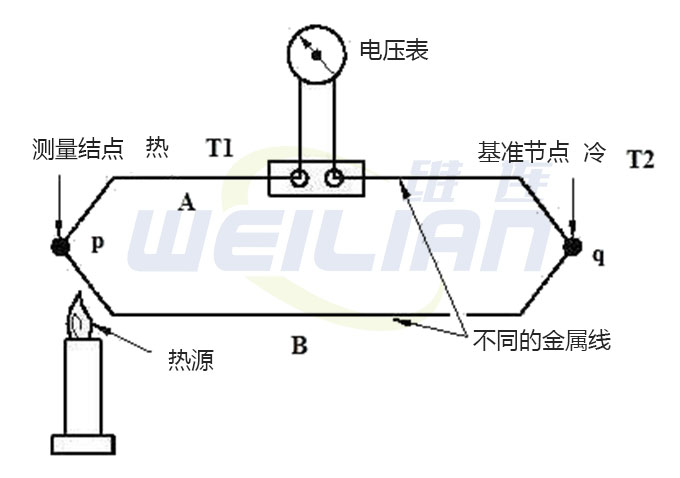 What are the temperature sensors?
What are the temperature sensors?
The temperature sensor measures the temperature of the object by contacting or remotely detect the infrared energy emitted by the object.
Have you experienced your mobile phone in the car in a hot day? If so, your screen may display a thermometer image and a warning of the phone overheating. This is because it has a miniature embedded temperature sensor that can measure the internal temperature of your phone.
Once the phone reaches a certain temperature (for example, when the iPhone shuts down is about 113), the temperature sensor will send an electronic signal to the embedded computer. This in turn limits that users cannot access any applications or functions before the mobile phone cools, because the running program will only further damage the internal component of the mobile phone.
The temperature sensor is an electronic device that measures the environmental temperature and converts the input data into electronic data to record, monitor or signal temperature changes. There are many different types of temperature sensors.
Some temperature sensors need to be directly contacted (contact temperature sensor) with the monitored physical objects, while other temperature sensors indirectly measure the temperature of the object (non -contact temperature sensor).

Thermal puppet map
Non -contact temperature sensors are usually infrared (IR) sensors. They expose the infrared energy sent by the object remotely and send a signal to the calibrated electronic circuit to determine the temperature of the object.
The thermocouple and thermistor in the contact temperature sensor.
The thermocouple is composed of two conductors. Each conductor is made of different types of metals. One end of them is connected to form a knot together. When the knot is exposed to the heat, the voltage corresponds to the direct corresponding to the input temperature. This is due to the phenomenon called thermal power effect. The thermocouple is usually not expensive because their design and materials are simple.
Another contact temperature sensor is called thermal resistance.
In thermal resistance, the resistance decreases as the temperature rises. There are two types of thermistor: negative temperature coefficient (NTC) and positive temperature coefficient (PTC). Thermal resistance is more accurate than thermocouple (can be measured within 0.05-1.5 degrees Celsius), which are made of ceramics or polymers. The resistor temperature detector (RTD) is essentially a metal -to -peer of thermistor. They are the most accurate and expensive temperature sensor types.
Temperature sensors are used in automotive, medical equipment, computers, cooking utensils and other types of machinery.

 What are the temperature sensors?
What are the temperature sensors?

